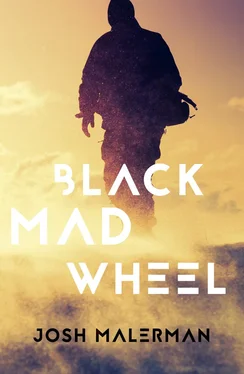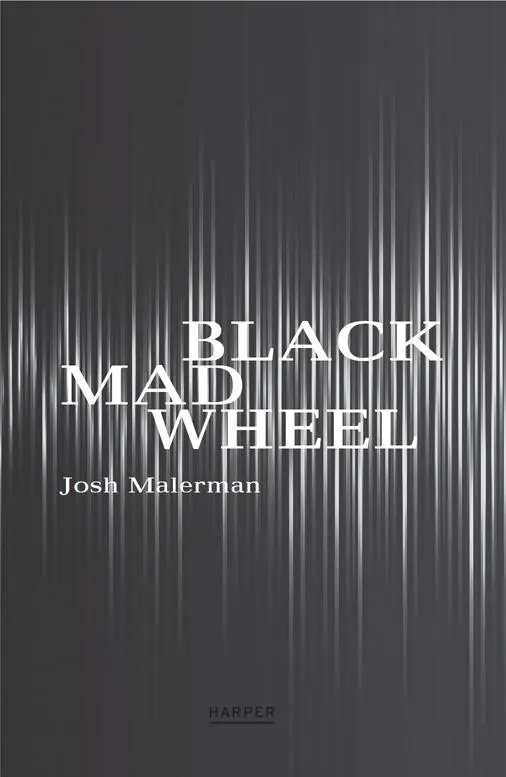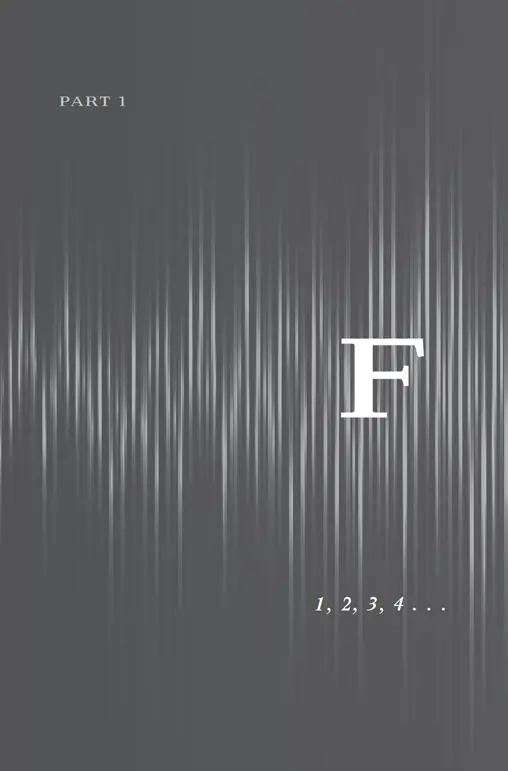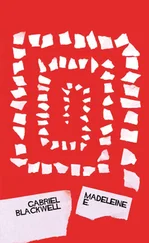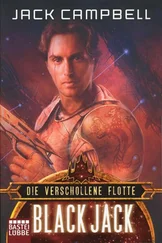Published by HarperCollins Publishers Ltd
1 London Bridge Street
London SE1 9GF
www.harpercollins.co.uk
First published in Great Britain by HarperCollins 2017
Copyright © Josh Malerman 2017
Cover design © HarperCollins Publishers Ltd 2017
Josh Malerman asserts the moral right to be identified as the author of this work.
A catalogue copy of this book is available from the British Library.
This novel is entirely a work of fiction. The names, characters and incidents portrayed in it are the work of the author’s imagination. Any resemblance to actual persons, living or dead, events or localities is entirely coincidental.
All rights reserved under International and Pan-American Copyright Conventions. By payment of the required fees, you have been granted the non-exclusive, non-transferable right to access and read the text of this e-book on screen. No part of this text may be reproduced, transmitted, down-loaded, decompiled, reverse engineered, or stored in or introduced into any information storage and retrieval system, in any form or by any means, whether electronic or mechanical, now known or hereinafter invented, without the express written permission of HarperCollins.
Source ISBN: 9780007530090
Ebook Edition © July 2017 ISBN: 9780007530083
Version: 2017-04-03
IN MAY OF 2012 the High Strung had just played the record release show for our album ¿Posible ó Imposible? , I’d just set the microphone back upon the stand, and Derek (drums) and I were stumbling out of the bar. From the bar’s shadows, an imp came, a gorgeous pair of bright green eyes and legs so long she must have been standing in the cellar. She spoke, too. “Do you have any more of that face paint?” Before the show I’d used a Sharpie on myself. Easy designs. “Yes,” I told her, reaching into the pocket of my jacket. But the imp had hands and she took hold of my face and rubbed it against her own.
Voilà. A painted face. And the beginning of something, too.
This book is for Allison Laakko, who got Black Mad Wheel piecemeal, spark by spark, as every night I relived for her the day’s excited writing. For that, there will always be a path, tracks, made by a wheel, perhaps, leading from her to me, then to the book and back to us again.
I like that.
We’ll forever know which way the wheels rolled.
I love you, Allison.
Contents
Cover
Title Page
Copyright
Dedication
Part 1: F 1, 2, 3, 4 …
Chapter 1
Chapter 2
Chapter 3
Chapter 4
Chapter 5
Chapter 6
Chapter 7
Chapter 8
Chapter 9
Chapter 10
Chapter 11
Chapter 12
Chapter 13
Chapter 14
Chapter 15
Chapter 16
Chapter 17
Chapter 18
Chapter 19
Chapter 20
Chapter 21
Chapter 22
Chapter 23
Chapter 24
Chapter 25
Chapter 26
Chapter 27
Chapter 28
Chapter 29
Chapter 30
Chapter 31
Chapter 32
Chapter 33
Chapter 34
Chapter 35
Chapter 36
Chapter 37
Chapter 38
Chapter 39
Chapter 40
Chapter 41
Chapter 42
Chapter 43
Chapter 44
Chapter 45
Chapter 46
Chapter 47
Chapter 48
Chapter 49
Chapter 50
Chapter 51
Part 2: Every Good Boy Does Fine
Chapter 52
Chapter 53
Chapter 54
Chapter 55
Chapter 56
Chapter 57
Chapter 58
Chapter 59
Chapter 60
Chapter 61
Acknowledgments
About the Author
Also by Josh Malerman
About the Publisher
The patient is awake. A song he wrote is fading out, as if, as he slept, it played on a loop, the soundtrack of his unbelievable slumber.
He remembers every detail of the desert.
The first thing he sees is a person. That person is the doctor. Wearing khaki pants and a Hawaiian shirt, he doesn’t dress like a doctor, but the bright science in his eyes gives him away.
“You’ve been hurt very badly.” His voice is confidence. His voice is control. “It’s an unparalleled injury, Private Tonka. To live through something so …” He makes fists about chest high, as though catching a falling word. “… unfair. ”
Philip recognizes more than medicine in the man who stands a foot from the end of his cot. The strong, lean physique. The unnaturally perfect hair, the skin as unwrinkled as a desert dune.
This doctor is military.
“Now,” the doctor says, “let me tell you why this is such an incredibly difficult thing to do.” Philip hasn’t fully processed the room he is in. The borders of his vision are blurred. How long has he been here? Where is here? But the doctor isn’t answering unasked questions like these. “Had you broken only your wrists and your elbows, we might surmise that you fell, hit the ground in just such a way. But you’ve broken your humeri, radii, and ulnae, too; your radial tuberosities; coracoid processes, trochleas, and each of the twenty-seven bones in your hands.” He smiles. His smile says Philip ought to share in the astonishment. “I don’t expect you to know the names of every bone in the human body, Philip, but what I’m telling you is that you didn’t just break your wrists and elbows. You broke almost everything.”
Sudden whispers from somewhere Philip can’t see. Maybe voices in a hall. Philip tries to turn his head to look.
He can’t. He can’t move his neck at all.
He opens his mouth to say something, to say he can’t move, but his throat is dry as summer sand.
He closes his eyes. He sees hoofprints in that sand.
“Now, had you broken only both hands and arms, I might dream up an accident you were involved in; the victim of a press, say, a vise of some sort; possibly both your arms were on a table when a heavy weight fell upon them. But, of course, it was not only your hands and arms that were broken. The femurs, tibiae, and fibulae on both legs were cracked, too, as were the patellae, medial epicondyles, every transverse axis (which ought to have been enough to cause a coma itself), as well as most of the twenty-six bones in each of your feet.” The doctor speaks with such freedom, moves with such health that Philip feels parodied by comparison. “I suppose one might reenact the scene, place you on a cliff’s edge, arms and legs hanging over that chasm, as something so cruelly shaped, just wrong enough to connect with each of the aforementioned bones, fell from the sky, delivering you the most violent community of fractures I’ve ever observed. But no. Your woes do not stop there.”
Behind the doctor, where the beige wall meets the powder-blue ceiling, Philip sees an African desert at midday.
He thinks of the Danes.
“Your pubis, ilium, sacrum … crushed. The pubic symphysis, anterior longitudinal … ruptured. Your ribs, Philip, each and every one … along with every intervertebral disc, the sternum, manubrium, clavicles, up through the neck, to the mandible, zygomatics, temporals, frontal, and … even some teeth.” The doctor smiles, showing his own. “Now, one might hypothesize such a result befalling a man who had been lying down upon a stone slab, unaware that a second stone slab would drop from a height, crushing him entirely, all at once. Such a theory might be of interest had each of the fractures been close to the same distance from the surface of your body. But, of course, this isn’t the case. The fracture in your anterior longitudinal is a full inch disparate from the one suffered by your mandible. In fact, there isn’t a single uniform break in your body; no pattern to divine an object, a cause, a picture of what hurt you. In other words, Philip … this wasn’t caused by a single solid object, and yet … it all occurred at the same time.”
Читать дальше
